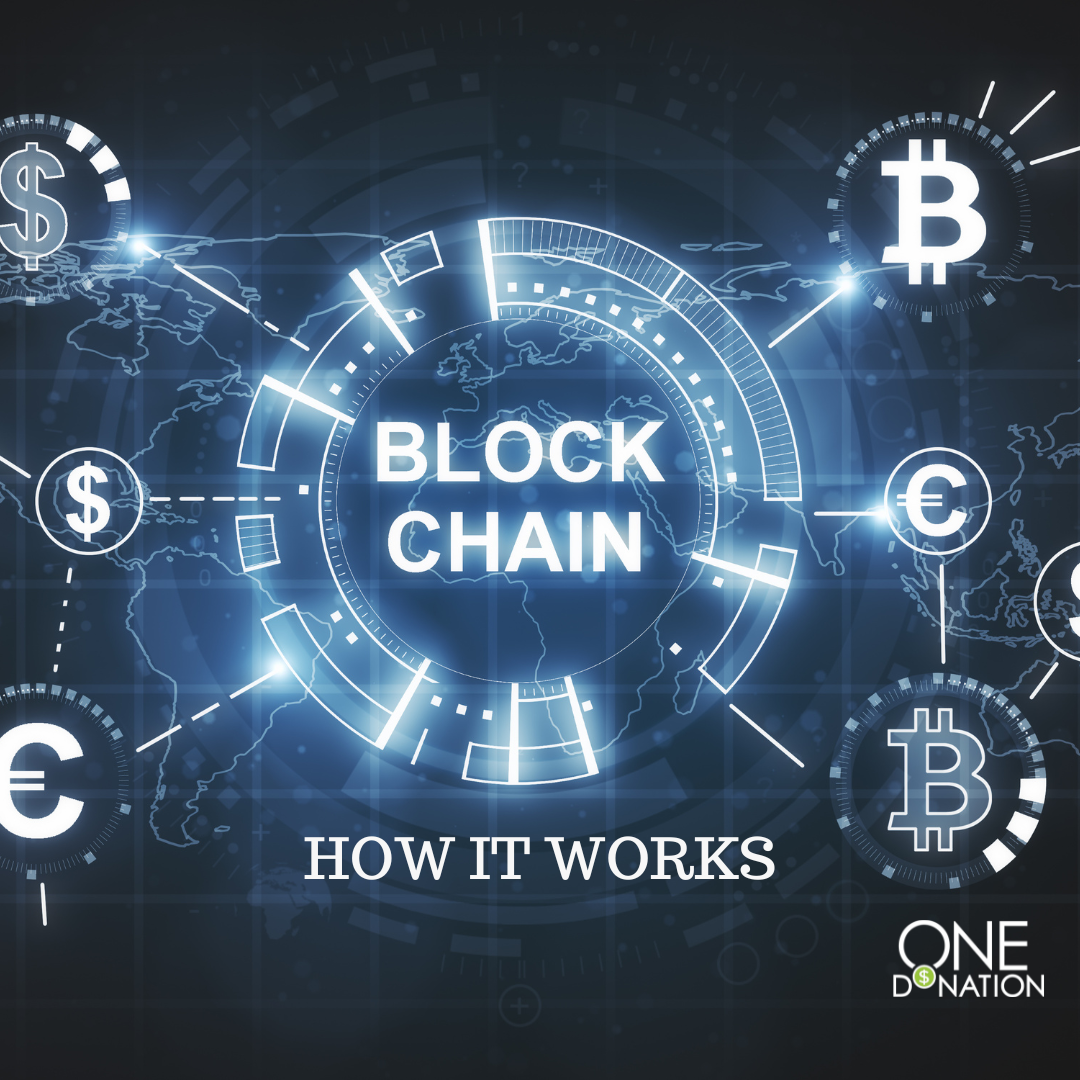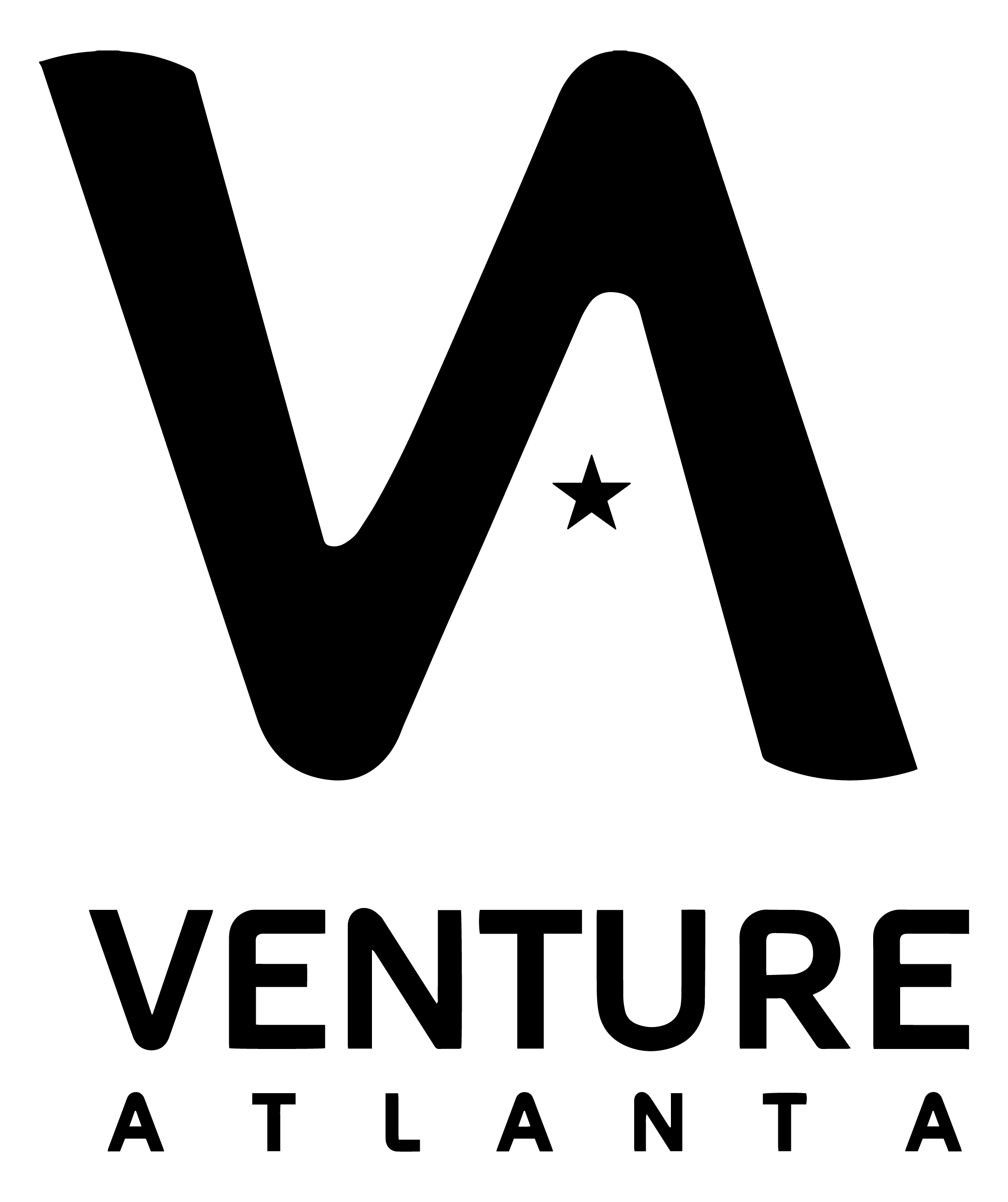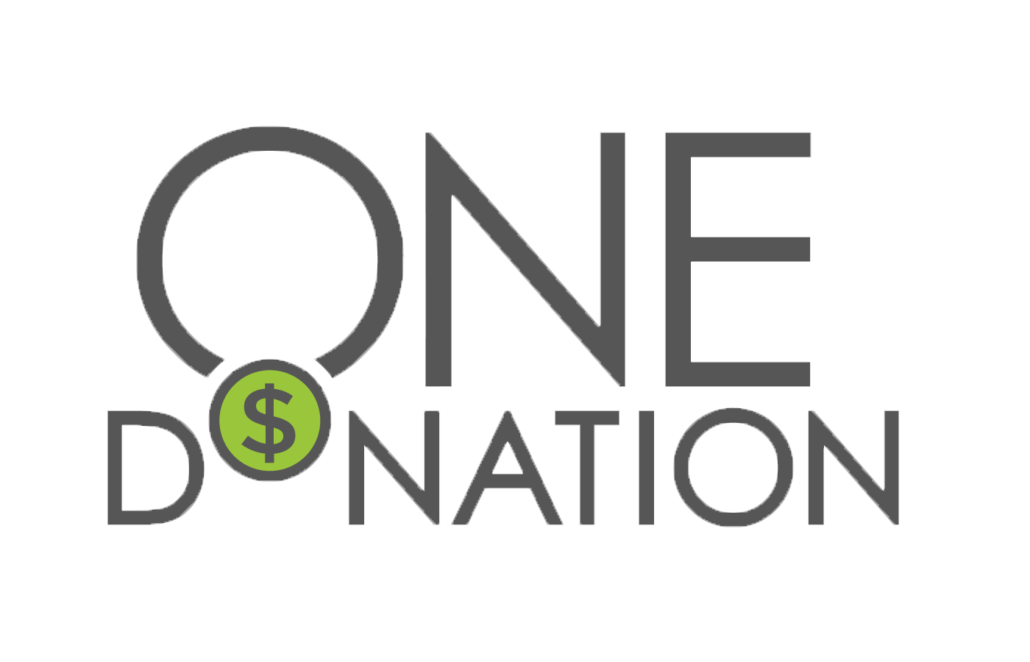The Difference Between a Blockchain and a Database
Like many things in life, having a strong foundation is important. The foundation of the house you live in keeps the whole house up. Likewise, the foundation of education you teach your children early helps guide them throughout their lives. The foundation of a set of rules seeks to protect and set safe parameters.
For understanding Blockchain, we have set our foundation in a sequence of digestible topics. First, we established, “What is Blockchain”, then we moved to “The History of Blockchain”, and next to “Blockchain; How it works.” In this post, we will dive into the differences between a blockchain and a database. The goal is to further add to your knowledge and foundational understanding of blockchain.
The primary difference between a blockchain and a database is centralization.
With a database, there is always centralized storage of data.
With Blockchain, the decentralization of data and no centralized administration allows each participant on the chain to keep a secure copy of the data including all changes made. This keeps provenance or a record of ownership/ changes to the data safe.
The magic of the blockchain takes shape when there are inconsistencies in the data.
Because there are multiple participants that hold the data, the technology can identify and correct bad data based on consensus data and smart contracts. It is this ability to identify and correct bad data that gives participants of the blockchain the ability to trust.
Consensus Data - Also called a consensus mechanism, is the standardized way of how a blockchain notes records, and keeps track of all transactions. It is a fault-tolerant mechanism that helps blockchain systems achieve agreement on a single point of data. It is also a set of rules that decides whether or not contributions to the blockchain are legitimate.
There are two main types of consensus data currently being deployed with a host of others. The two most widely used are listed first, followed by a few others along with their specific use cases.
Proof of Work (PoW) - Used by the most popular crypto currency networks like Bitcoin and Ethereum.
Proof of Stake (PoS) - Uses a consensus algorithm used to validate transactions. Requires much less energy use than PoS transactions. Used by Cardano, Solana, Algorand, Tezon, Celo, and many more.
Proof of Capacity (PoC) - Allows for the sharing of space on contributing notes in the blockchain. The more the memory, the more the rights for maintaining the ledger.
Proof of Activity (PoA) - Used by the Decred blockchain and is a hybrid of PoW and PoS.
Proof of Burn (PoB) - Requires transactors to send cryptocurrency to inaccessible wallet addresses, in effect “burning” them.
Smart Contract - A computer program that is hosted and executed on a blockchain network and consists of code specifying predetermined conditions that, when met trigger outcomes.
By running on a decentralized blockchain instead of a centralized server, smart contracts allow multiple parties to come to a shared result in an accurate, timely, and tamper-proof manner.
Smart contracts are a powerful infrastructure for automation because they are not controlled by a central administrator and are not vulnerable to single points of attack by malicious entities.
When applied to multi-party digital agreements, smart contract applications can reduce counterparty risk, increase efficiency, lower costs, and provide new levels of transparency into processes.
This helps facilitate efficient transactions because rules are set as “smart contract” and follow the assets. For example, a smart contract can define the conditions of a contract to purchase real estate and set up the payments for property insurance.
In conclusion, the major difference between a Blockchain Database and an old-style database is centralization. The decentralization of data makes it more difficult for bad data to be entered or for malicious attacks on the data to be successful.
The question many organizations are now asking themselves is how to get started and how to measure success once it is adopted. We believe the correct way to get started or to keep utilizing blockchain technology is to adopt use cases as they fit your business needs. In most of these situations, businesses have or can create a measurable KPI to mark the success of the program.
If you would like to learn more about One Donation and how we use blockchain technology, schedule a 15-minute overview session today with Ron Anderson.

 One Donation Selected as a Venture Atlanta 2022 Showcase Company
One Donation Selected as a Venture Atlanta 2022 Showcase Company
